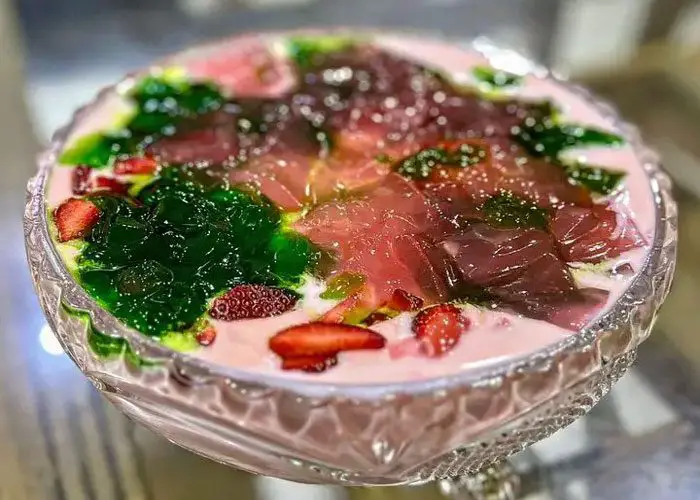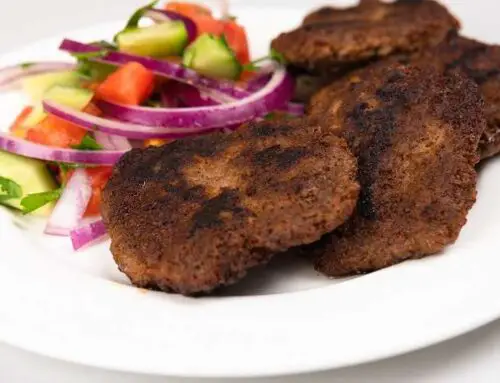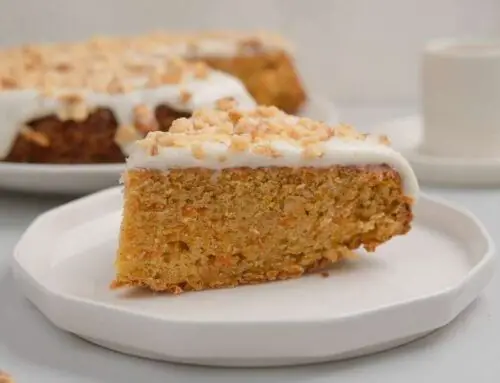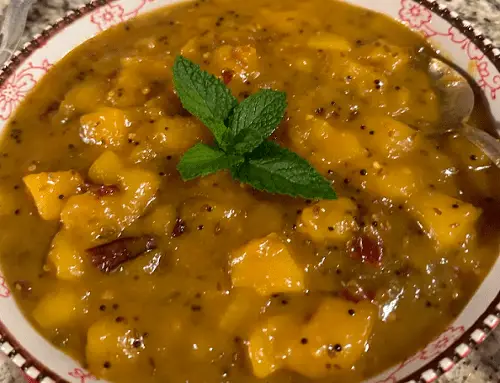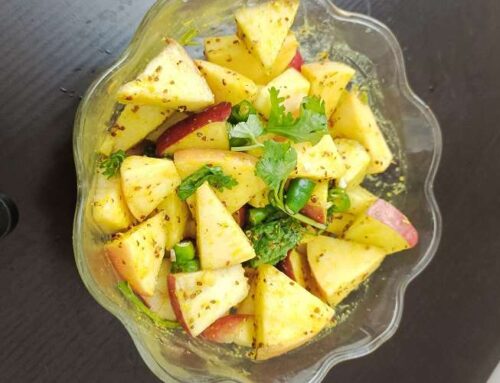Falooda, a vibrant and multifaceted dessert, traces its origins back to ancient Persia. Originally known as “faloodeh,” it was a simple mixture of vermicelli noodles, rose water, and sugar syrup. This refreshing treat was primarily enjoyed during the sweltering summer months. Over the centuries, falooda evolved and traveled across cultures and regions, incorporating diverse ingredients and flavors, ultimately becoming the elaborate dessert we know today.
Falooda’s journey from Persia to the Indian subcontinent was facilitated by the Mughal emperors, who brought their culinary traditions with them when they invaded India in the 16th century. The Mughal adaptation of falooda included the addition of milk, pistachios, and basil seeds (sabja or tukmaria), enhancing its richness and texture. This version of falooda quickly became popular among the royal courts and the common people alike, symbolizing a blend of Persian and Indian culinary practices.
As it spread further across the Indian subcontinent, falooda began to incorporate local ingredients and flavors, leading to a variety of regional adaptations. In India and Pakistan, for instance, it became common to include jelly, fruits, ice cream, and a range of syrups, making falooda a more complex and layered dessert. In Sri Lanka, a similar dessert called “Saruwath” emerged, emphasizing local tastes and preferences.
While falooda is undeniably delicious, its nutritional value can vary significantly based on the ingredients used. Here is a breakdown of the typical nutritional components of falooda:
Calories: A standard serving of falooda can range from 300 to 500 calories, depending on the amount of sugar, ice cream, and other ingredients added.
Carbohydrates: The primary source of energy in falooda, carbohydrates come from the vermicelli, basil seeds, fruits, and any added sugars or syrups. These carbohydrates provide a quick energy boost, which can be particularly refreshing during hot days or after a fast.
Proteins: Milk and nuts contribute to the protein content of falooda. Proteins are essential for muscle repair and growth, making this dessert a moderately balanced option.
Fats: The fat content in falooda largely comes from milk and ice cream. While these fats are necessary for various bodily functions, they also increase the caloric content of the dessert.
Vitamins and Minerals: Fruits and nuts in falooda provide essential vitamins and minerals. For instance, fruits offer vitamin C, potassium, and dietary fiber, while nuts provide vitamin E, magnesium, and healthy fats.
Fiber: Basil seeds and fruits contribute to the dietary fiber in falooda, aiding in digestion and promoting a feeling of fullness.
Despite its relatively high-calorie content, falooda can be made healthier by opting for low-fat milk, reducing the amount of added sugars, and incorporating more fruits and nuts. This not only enhances its nutritional profile but also ensures a balance between indulgence and health.
Falooda is more than just a dessert; it is a culinary masterpiece with a rich history and a delightful blend of flavors and textures. From its Persian origins to its adaptation and popularity in South Asia, falooda has become a beloved treat enjoyed by many. Its nutritional value can be tailored to meet dietary needs, making it a versatile and enjoyable option for those seeking both taste and nourishment. Whether served during festive occasions or as a refreshing summer treat, falooda remains a testament to the rich tapestry of culinary traditions and innovations across cultures.
Hello, my name is Rakibul Haque. I am a 3rd year CSE student currently at BRAC University.
As a foodvlogger i love to explore new places, try varieties of food and sometimes cook.Blogging page – always.binging
Ingredients
- 1 cup powdered milk
- 1 packet radhuni falooda mix
- 1/2 cup shagudana
- 1 packet jelly Green + Red
- 1 banana large
- 1 cup strawberry
Instructions
- Firstly, pour 1 cup water into the pan and put the provided jelly’s from the mix.
- Stir it well and keep it into stove for about 5 mintues.
- Place the jelly water into a bowl and place it in the refrigerator.
- Pour 1.5 cups water into the pan & place the shagudana. Keep it about 10 minutes until it gets properly boiled.
- Rinse off the excess water and put the noodles into another plate.
- Pour 4 cups of liquid milk one by one into a pan. Boil it for 2 minutes and place the boiled shagudana.
- Take the jelly’s out of the refrigerator and cut into small portions.
- I had fruits like strawberries and banana so, i cut them down into small portions.
- Last but not least i poured the mixture of milk and shagudana into a bowl and topped it with the small portions of green & red jelly. Also strawberry and banana.
Nutrition

